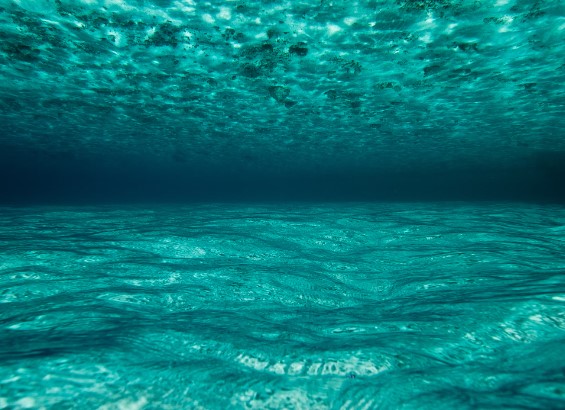The temperature of our planet has increased by an average of one degree since the Second World War to today. The unprecedented speeding up of this process coincided with the advent of the industrial era and the growth of polluting emissions that produced the greenhouse effect.
It is, therefore, man who is the triggering cause of everything, of a phenomenon that will lead us within a few years to review our habits and priorities. But even at the bottom of the sea changes take place. Let’s see, below, how ocean acidification is distorting fish fauna and how it is also affecting life on emerged land.
Table of Contents
Ocean acidification: what is it?
About a quarter of the CO2 present in the atmosphere ends up in the seas and oceans. When in contact with water it reacts chemically, leading to the formation of carbonic acid. As a consequence of ocean acidification, all marine fauna is endangered.
Let’s think about the phenomenon of coral bleaching. I.e. the loss of the algae that live on the surface of the coral itself and which causes its death. All of this is triggered by the lowering of marine PH resulting from acidification.
The calcium carbonate that makes up shells, molluscs, crustaceans and even coral decreases as acidity increases, putting their survival at risk. Beyond the extreme cases in which marine life forms can die, ocean acidification also causes behavioral changes and modifications to the external structure.
The effects on marine flora and fauna
As the concentrations of CO2 dissolved in water increase, there is a more vigorous growth of plant life forms, the same phenomenon that also occurs on land. On the contrary, animal life requires large quantities of oxygen even underwater, an element that pushes fish and other life forms to move away from ocean layers with greater quantities of vegetation.
Bands are therefore created, especially at greater depths, devoid of animal life precisely because the sufficient conditions to carry it forward are lacking. The increase in ocean temperatures does nothing but increase the extent of the phenomenon, resulting in even greater stratification of the waters, especially where the thermal difference between superficial and deep bands is greater.
In practice, the implementation of this process produces fewer consequences as the latitude increases, in regions where the temperature of the water on the surface is very similar to that at depth.
Other consequences for the oceans of global warming
Coastal areas have typically seen faster and easier growth of human settlements. It is no coincidence, in fact, that many of the largest and most important cities in the world are located right on the coast, often near the mouth of a river.
Seas and oceans play a fundamental role in keeping the temperature on land stable. Thus absorbing approximately 90% of the planet’s heat and acting as a climate regulating thermostat. In fact, near the water, temperatures undergo smaller variations and are usually milder than inland.
But due to climate changes which are causing the warming of the atmosphere and ocean waters, this delicate balance could be compromised. Also aggravating the situation is the issue linked to the rise in the level of the water itself, set in motion by the melting of the glaciers. This is a great chain reaction that, within a hundred years, could completely change the face of coastal cities.
The Gulf Stream: from warming to glaciation
The Gulf Stream mitigates the temperatures of our continent and makes life possible even in northern countries, even though they are located at latitudes similar to those of Alaska or Greenland.
This warm current, in fact, originates in the Gulf of Mexico and crosses the entire Atlantic Ocean. Thus offering its beneficial influence not only to the Mediterranean area but also to Northern Europe.
Due to global warming, however, we are witnessing a slowdown in the Gulf Stream. This is a phenomenon destined to amplify in the coming years and produce dangerous consequences by the end of the century. The mechanism is simple. As the temperature increases, the melting of ice sets in motion and releases it into the oceans.
Read also: Blue Economy: what is it and what are its main components and principles












